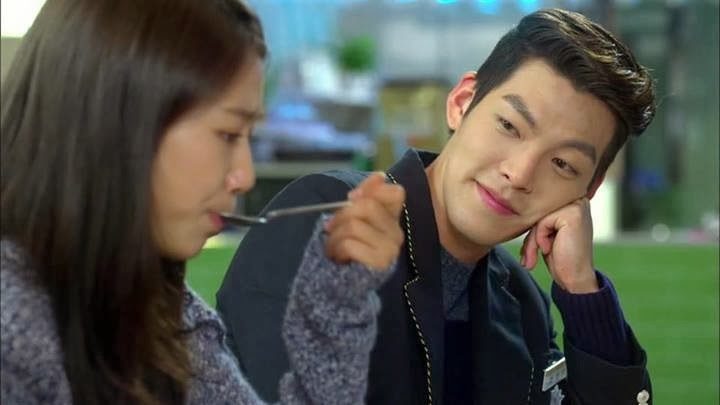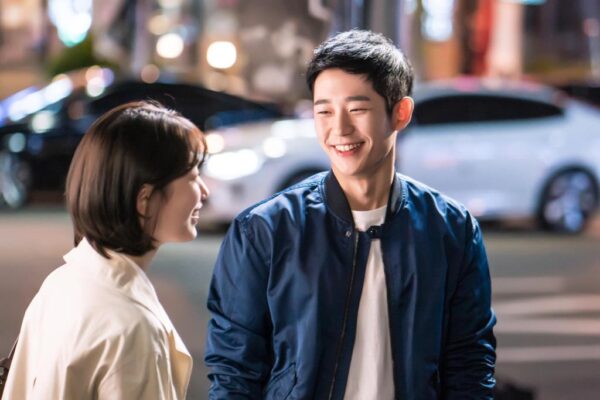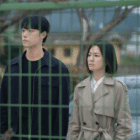If you’ve ever found yourself heartbroken over a K-drama second lead, you’re not alone. Many fans experience the bittersweet agony known as Second Lead Syndrome (SLS)—when the charming, kind, and often more emotionally available second lead fails to win the heart of the protagonist.
Despite their unwavering love and dedication, they often end up watching from the sidelines as the main couple gets their happy ending. But why do we fall for them so hard? And why do writers keep breaking our hearts? Let’s explore the magic—and misery—of the K-drama second lead.

What Is Second Lead Syndrome?
Second Lead Syndrome refers to the emotional attachment viewers develop for a secondary character in a love triangle, even though they know deep down that their love will likely go unfulfilled.
The second lead is often the perfect partner in every way—supportive, kind, patient—yet, for some reason, they are always overlooked. This frustrating but addictive trope has become a hallmark of K-dramas, leaving fans to suffer with every longing gaze and selfless sacrifice.
Common Traits of a Second Lead
What makes the second lead so lovable? Here are some of the classic characteristics:
- Unwavering loyalty: They have loved the main character for years and would do anything for them.
- The “always there” factor: When the main lead messes up, the second lead is ready to pick up the pieces.
- Soft, romantic gestures: Whether it’s tying a shoelace or shielding them from the rain, the second lead excels at small, meaningful acts of love.
- The ultimate sacrifice: They often step aside for the happiness of their love interest, even when it breaks their own heart.
So, with all these amazing qualities, why don’t they ever win?

Why Do Fans Fall for the Second Lead?
The appeal of the second lead lies in their consistency. Unlike the main lead—who might start out as cold, arrogant, or emotionally unavailable—the second lead is often kind from the very beginning.
Here’s why they capture our hearts:
- They provide comfort and security, rather than drama and heartbreak.
- Their love is selfless—they care more about the female lead’s happiness than their own.
- They are relatable—unlike chaebol heirs or genius doctors, second leads feel like real people we could actually meet.
And yet, despite all of this, they rarely get the girl (or guy).
Why Writers Stick to This Trope
So, why do drama writers keep giving us heartbreaking second lead stories?
- To strengthen the main couple’s romance – The presence of a second lead adds emotional conflict and makes the main lead fight harder for their love.
- To create drama and tension – A love triangle keeps viewers engaged.
- Because heartbreak is memorable – Some of the most unforgettable moments in K-dramas come from a second lead’s silent suffering.
Second Lead Syndrome is one of the most frustrating yet addictive parts of K-dramas. While we may never get over Han Ji-Pyeong’s longing stares or Jung-hwan’s quiet sacrifices, we continue to watch, hoping that one day, just one second lead will finally get their happy ending.






























